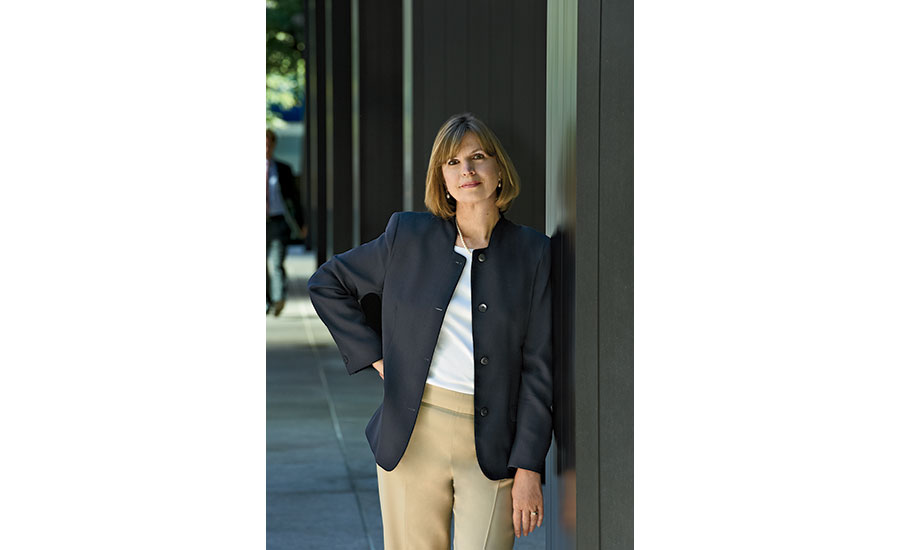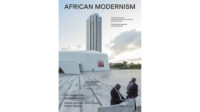Modernism in the Rearview Mirror
This Venice Biennale just looks back, without an eye to the future.

Photo © Michel Arnaud
Venice is a city that resists the contemporary. New architecture tends to be discreetly inserted behind the facades of historic structures, as in recent interventions designed by Tadao Ando or Annabelle Selldorf. So the contrast between the historic city and the contemporary architecture that typically fills the Venice Architecture Biennale is particularly acute.
This year, however, the Biennale, called Fundamentals, is looking back, not forward, if only back over 100 years. With Dutch architect Rem Koolhaas as ringmaster, the main theme is Absorbing Modernity: 1914–2014. His brief to each of the 65 participating countries was to create an exhibition that reflected the impact of modernity on the century since World War I upended the old order. In more ways than one, it's a retro concept, which, as one of his former acolytes remarked, “only Rem could get away with.”
Architecture is at an impasse, Koolhaas believes: modernism has long been exhausted as a source for innovative design yet continues to put its deadening generic stamp on global culture.
But to see the national pavilions in the Biennale is to see that modern architecture has been surprisingly elastic, subverted by local conditions, culture, and, of course, by tortured histories. Even Koolhaas admits he didn't entirely expect the varied dimensions of modernism that are on display in dozens of the national pavilions in Venice. “They are similar but absolutely different,” he said. “Seeing the intensity of the effects of history was surprising. It is an endless chain of trauma, destruction, war, and poverty. You see that turmoil is a natural state.”
In various Biennale exhibitions, we are confronted by how European and other countries took up the modernist agenda after World War II to create vast expanses of social housing and infrastructure in bombed-out cities and in those rapidly expanding through migration.
Social programs were highly charged with politics. In the Chilean pavilion, which won the Silver Lion, we learn that the ubiquitous pre-fab concrete wall panel used to build cheap housing became a powerful symbol for Socialist president Salvador Allende, who signed a panel while the cement was still wet; it was proudly placed at the entrance to the factory that produced it. After he was deposed in a military coup in 1973, the murderous dictator who succeeded him, Augusto Pinochet, altered the symbolism by removing Allende's signature on the panel and installing an altarpiece on it, with the Virgin and Child.
The Nordic pavilion (the stunning 1962 building by Sverre Fehn) showcases the good intentions of Norway, Sweden, and Finland in seeking to aid the development of three postcolonial African nations in the 1960s and 1970s, in part through planning and the design of schools, clinics, and infrastructure. But there were unexpected consequences. “Development aid has done more harm than good,” says one Kenyan commentator in a filmed interview in the pavilion, while another says in despair, “The Norwegians should come back, but they are not coming back.”
The Korean pavilion won the Golden Lion for its ambitious efforts at illuminating architecture and planning on both sides of the DMZ since the end of the Korean War. Its organizers attempted to enlist North Korea's cooperation in the exhibition; in the end, they did not succeed, but there are fascinating insights into North Korea nonetheless— including its role in the creation of gigantic civic monuments in several African countries.
As with the Korean pavilion, many exhibitions are based on copious research—some of it well interpreted and much of it not—and expressed through a variety of media, including old architecture magazines and the powerful use of film. Koolhaas, who worked in both film and journalism before he became an architect, clearly encouraged this: on view are old newsreels, documentaries, and clips from feature films. The work of Jean-Luc Godard (Two or Three Things I Know About Her) and Stanley Kubrick (A Clockwork Orange) are featured in the French and British pavilions respectively. Film clips are prominent in Koolhaas's own central show, called Elements of Architecture, in the Central Pavilion, and in the wonderfully meandering Italian exhibition, Monditalia, in the Arsenale. There are many moments of unexpected wit—the Russian pavilion is a terrific satire of real estate development and design in both the Soviet and current eras. Koolhaas wants the Biennale, open through November 23, to be a box office success, popular with the public as well as with architects and their fans.
But where does it leave the world of contemporary architecture? Koolhaas writes in the forward to the catalogue: “The market economy has eroded the moral status of architecture. It has divorced architects from the public and pushed them into the arms of the private sector.” The idealism with which some contemporary architects are trying to engage in the public realm or with social and political issues is absent from this Biennale. We are left with a deeply pessimistic view as we reflect on the recent past or the problems of the present. A promising vision for the future? Don't look for it here.







